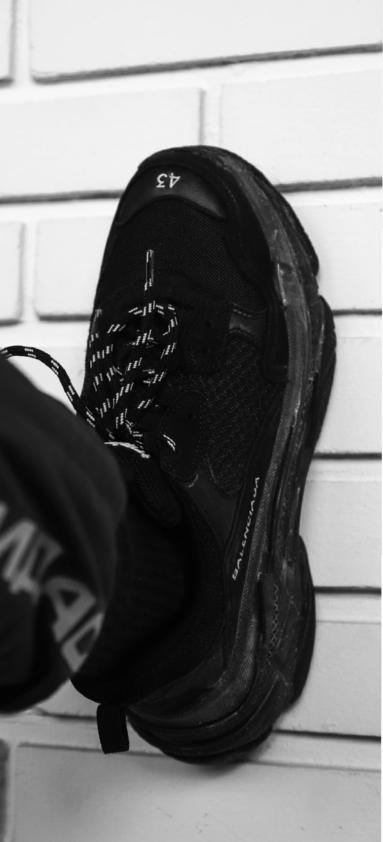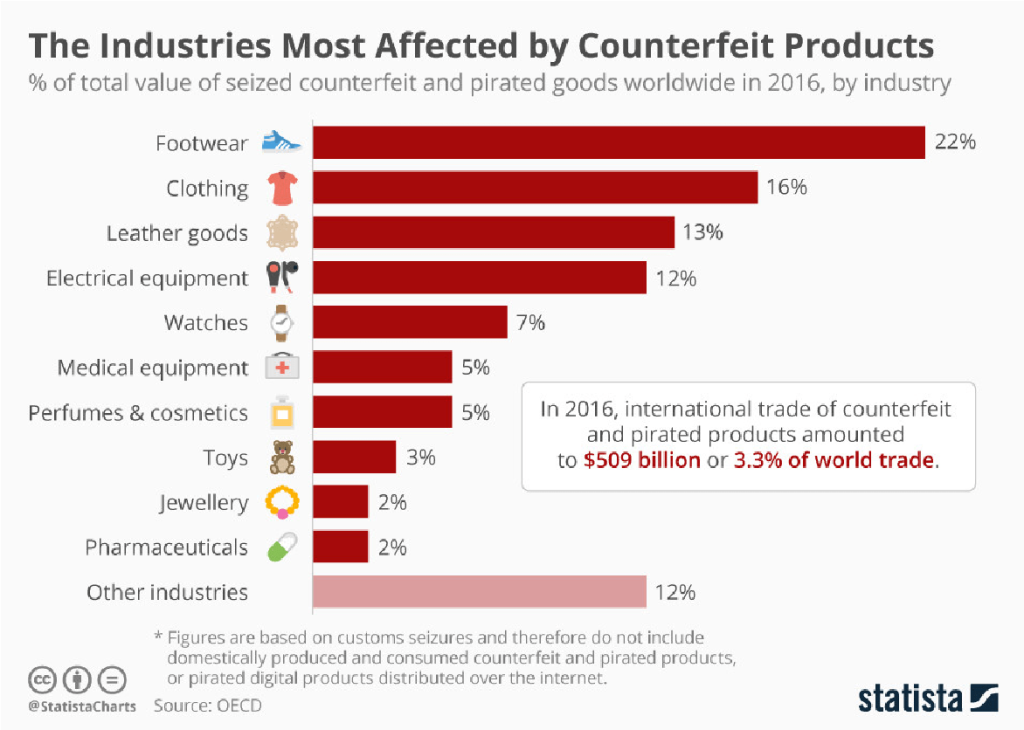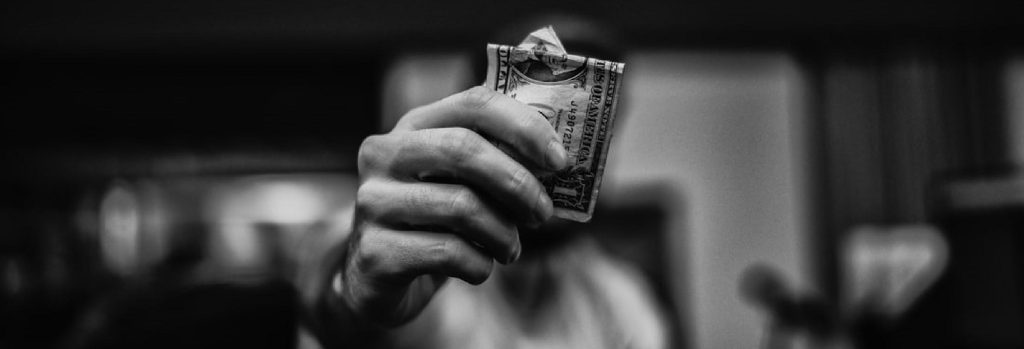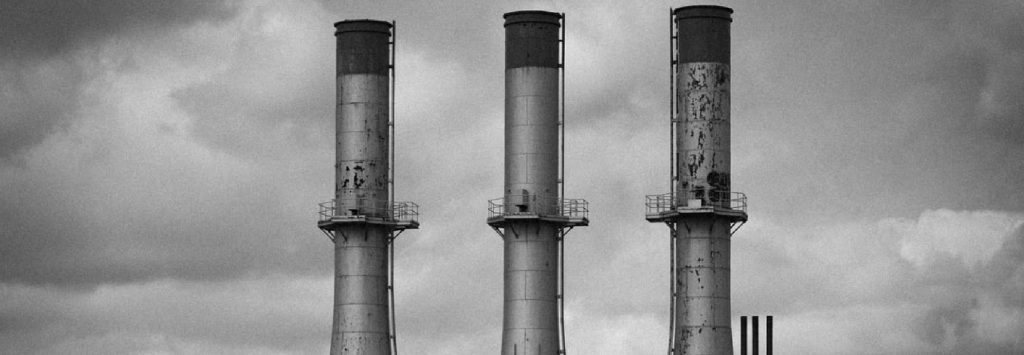
The Real You
What brand protection is and why it matters
Even before the onset of the pandemic, online shopping was a normal part of our day to day. With the growing convenience of Amazon, grocery delivery, and next day shipping options becoming more common, we’ve become accustomed to ordering what we need (or want) without leaving our home, and receiving it quickly. Oftentimes, it’s even more cost effective to buy things on Amazon than from a local store.
Let’s say a consumer realizes they’re almost out of the shampoo they normally buy at their hair stylist’s salon. They go on Amazon and see that their shampoo is twenty dollars cheaper than in the salon. So they order it. What many consumers don’t realize is that over half of sellers on Amazon are third party sellers, meaning Amazon doesn’t have direct control over where these products come from. And this isn’t just an Amazon issue.
We buy products from unauthorized retailers all the time, not even aware that we might be receiving a knockoff of the product we think we’re getting. One concerning example of this is personal protection equipment (PPE) counterfeiting during COVID-19. With the overnight rise in need for PPE across the country, counterfeiters saw the opportunity to profit. Wall Street Journal reported on counterfeit masks making their way, not only to consumers, but into hospitals.
“They are extremely dangerous… they are providing a false sense of security to our first-line responders and to the American consumers.”


Without the brand’s control and regulatory measures being upheld, the materials being used to make the product can be unsafe, lower quality, and render the final product less or ineffective.
Unfortunately, this can greatly impact brand trust with consumers. If they buy a counterfeit product unwittingly and it doesn’t perform up to the standards they expect, or worse, it brings about adverse side effects, the brand’s reputation with consumers can quickly become tarnished.
With fashion and footwear companies, branding is everything. They’re also some of the most vulnerable when it comes to counterfeiting. Counterfeiting poses a huge threat to brands. Just how big? Let’s take a closer look.

Big Fakes, Big Money
Counterfeit goods grow their market share
The counterfeit issue is an over $1 trillion problem (Forbes, 2018). Shoes and Fashion companies make up a sizable percentage of counterfeited goods, and from street to online vendors, the ways counterfeit products get to consumers is extensive.
Because visual signifiers, which are an integral piece of a company’s branding, carry social currency, some brands are more counterfeited than others. Luxury brands like Louis Vuitton and Balenciaga, as well as shoe brands like Adidas, are among the brands most represented in counterfeit products. According to Fight Footwear Fakes, a site “to educate on shoe Intellectual property issues and eradicate counterfeit footwear”, footwear is the fourth largest category of all US CBP seizures, at 12%.
Media outlet Vice posted a video in 2019 from Putian, which they labeled “the fake sneaker capital of China”. The counterfeit sneaker industry here is so large, it forms the economic backbone of the city. Because companies have had legitimate factories in Putian since the 80s, many sneaker counterfeiters are able to easily find the same materials and even employees who have worked in these factories, making fake products even more difficult to track.
With the rise of social media’s involvement in retailing and brand awareness, counterfeit sellers have additional modes of placing these products in consumers’ hands. In 2019 NBC reported on how counterfeiters are using Instagram to sell products by posting photos in a sort of “digital showroom” and directing users to message them on encrypted apps.
“The researchers found that for each luxury brand’s hashtag, for example #Gucci or #Dior, about 15 percent of posts were generated by accounts dedicated to illegal counterfeiting activities.”
Once counterfeit products make it into mainstream circulation, this poses other risks. Customers are using counterfeit products to gain money or store credit by returning fake products to retailers. If accepted, counterfeit products have now made it into circulation at a supposed authorized retailer, and the inventory pool becomes contaminated.
It’s evident that this issue is only getting bigger, and as more counterfeit products enter the market, brand integrity is an increasing concern. But combating counterfeits has also proven expensive. According to The Counterfeit Report, “Paris-based luxury goods conglomerate LVMH Moët Hennessy Louis Vuitton…employs dozens of civil and criminal enforcement lawyers across the globe and spends a reported $17 million annually on anti-counterfeiting legal action in connection with its stable of brands, including Louis Vuitton, Dior, Celine, Givenchy, and Loewe.”
Aside from legal pursuits, companies are employing the use of tactics like hard-to-replicate physical markers such as holograms to discourage counterfeits and even artificial intelligence to authenticate products in stores. Wall Street Journal shared how a company called Entrupy sells a special camera that super-magnifies the fabric on products so that retailers can check things like the color, stitching, and patterns of a product. The technology becomes better at recognizing fakes over time, as it gathers more data. However this is all done post-manufacturing, when the counterfeit product has already made it to distributors.
Instead of taking a reactive approach, fighting counterfeits with lawsuits and pushing authentication efforts around finished products that have already made it to the stores, what if you could stop fakes at the source, before they even got to the retailer?


Security at the Source
Identifying counterfeits during the manufacturing cycle
Between safety and quality concerns around counterfeits, brand protection is a growing market and brand protection offerings are on the rise. An article on HelpNetSecurity estimates “the authentication and brand protection market to reach $3.7 billion by 2026”.
While other companies focus on anti-counterfeiting with bots and test purchases, or have engineers deconstruct products to prove their authenticity, Vi3 attacks counterfeiting at the source and provides a holistic solution from pre-manufacturing to distribution.
Vi3’s suite of security tools provides a digitized solution, with tracking capabilities unique to each individual product and material, providing traceability through the supply chain and elucidating gaps where counterfeit products arise. Vi3 is a company that has helped blaze the trail for anti-counterfeiting solutions. With Vi3’s V Enforce mobile brand protection app, companies are also able to quickly authenticate products in the field without requiring physical labor to deconstruct and authenticate. Their technology is able to actually identify a counterfeit product’s location in milliseconds, and report that data to you.
If you’re ready to consider a digital solution and gain unprecedented insight into your supply chain, Vi3’s experts are always available for discussion.